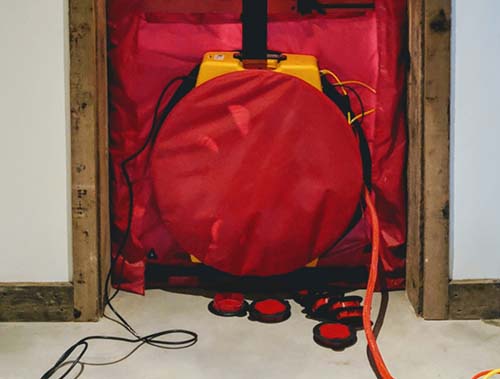ATTMA Licensed Air Tightness Testing in Dunstable
Air tightness testing determines the quantity of air coming out of cracks in a building. It is also known as air permeability testing or air leakage testing. Since Approved Document L was reviewed in 2006, air tightness testing has become an essential part of building regulations for newly completed and rehabilitated buildings.





